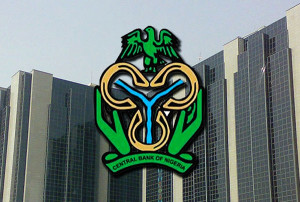
The rates at which Nigeria’s naira currency was traded in the investor foreign exchange window and black market on Friday came close to converging, traders said, as the central bank continued its bid to improve dollar liquidity in Africa’s biggest economy.
The OPEC member, which has at least six exchange rates, is grappling with a currency crisis caused by low oil prices, which created chronic dollar shortages. It wants to attract foreign investors and maintain a strong currency to ward off inflation.
The central bank created a new forex window in April to allow investors to trade the naira at market-determined rates in a move intended to improve dollar supply and attract foreign investors who fled Nigeria at the start of the currency crisis.
The naira was quoted at 368 to the dollar on the black market on Friday. In the investor window, the naira was quoted at 367.83 to the dollar at 1411 GMT.
“The convergence of rates, at least for a segment of the market, demonstrates the success of the central bank’s intervention, said Razia Khan, Africa chief economist at Standard Chartered Bank.
Khan said that by addressing the demand for dollars, the central bank had been able to reduce the extent to which the naira would have depreciated on the black market.
The local currency traded at about 520 to the dollar on the black market in February and at 400 in the forex window when it opened in April, before appreciating towards convergence in the past few months.
“The convergence … has provided the central bank another opportunity to put in place a sustainable reform of the market to enhance the value of the naira,” Aminu Gwadabe, president of the country’s Association of Bureaux De Change Operators, told Reuters.
Gwadabe said that the central bank has consistently been selling about $40,000 a week to each of its 3,250 members, improving dollar liquidity.
The bank last week said that the investor window had handled $2.2 billion of trade in the past seven weeks but had accounted for almost 30 percent of that trade itself as it worked to keep the window operating.
The central bank has sold more than $5 billion since it began its interventions in February, helping to restore confidence in the market.